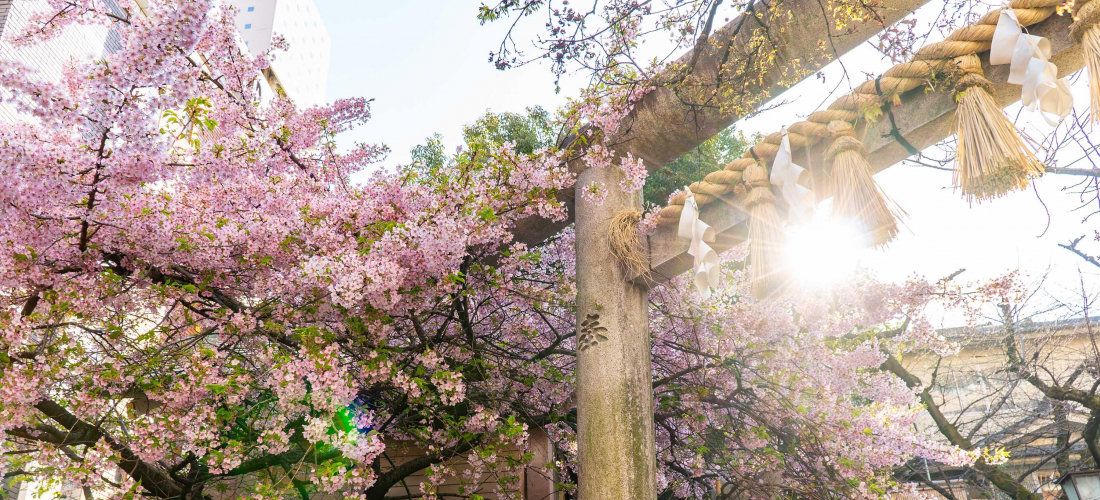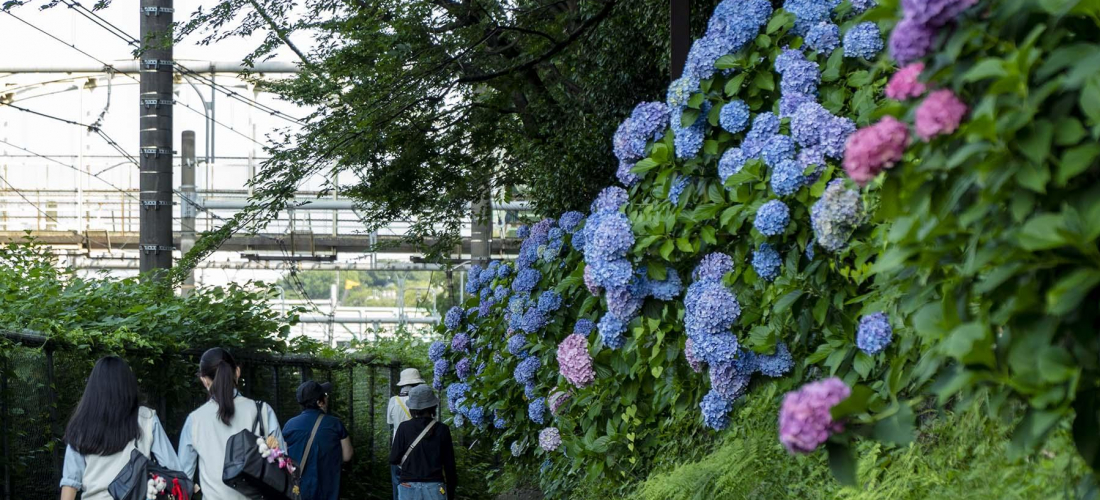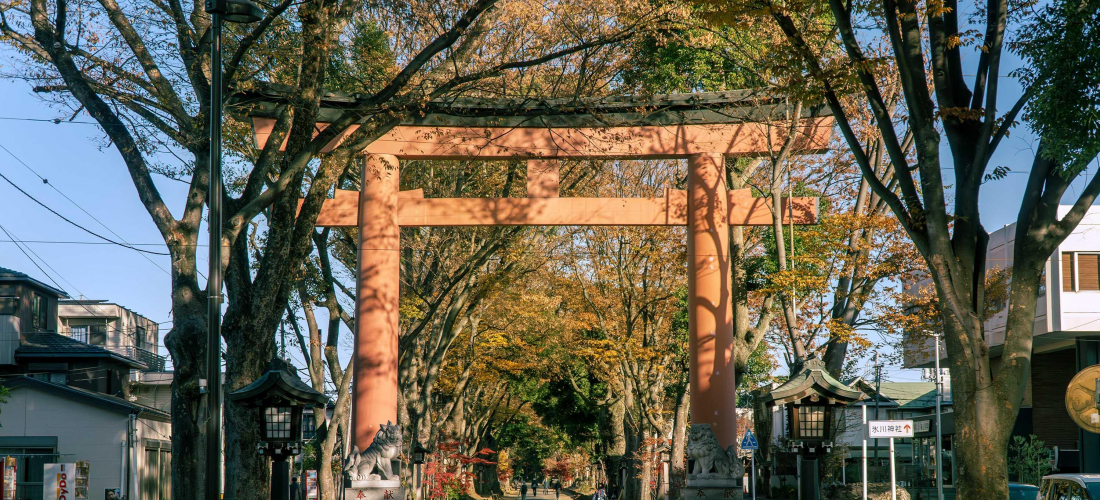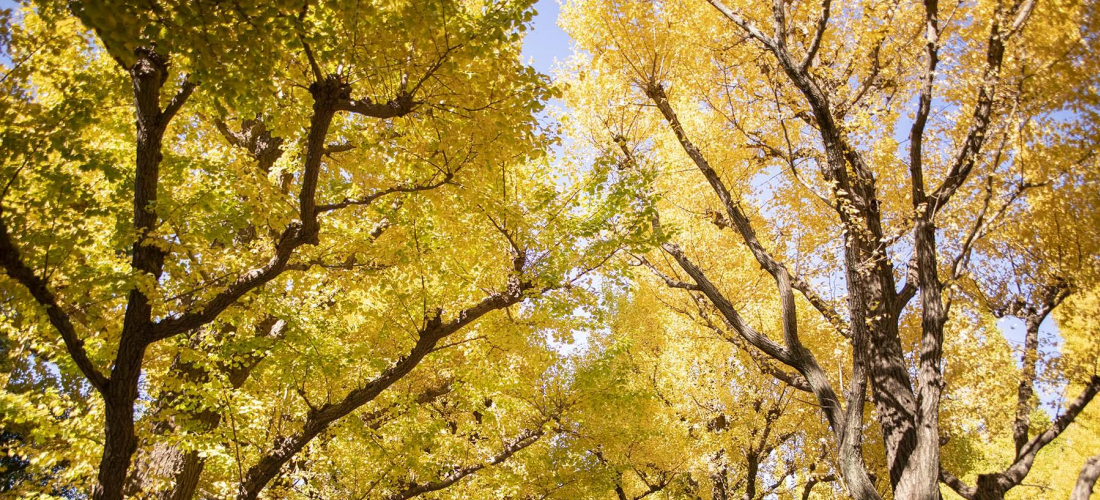CONTENTS
Tokyo’s most famous shrine can be found right in Shibuya, next to busy Harajuku, but the quiet atmosphere is like another world.
Entering the Shrine of the Meiji Emperor
Tokyo is a city filled with grey concrete, busy streets, and gleaming highrises, so it may come as a surprise to find one of Tokyo's more popular sightseeing attractions at the center of a quiet urban forest. The Meiji Jingu Shrine was constructed in the heart of Shibuya in the early 1900s, to honor and enshrine the deified spirits of the deceased Emperor Meiji (1852-1912) and his wife Empress Shoken (1849-1914). And while the Shibuya of a hundred years ago wasn't quite the bustling entertainment district it is today, the area surrounding the shrine certainly wasn't a wooded patch of countryside at the time, either. The modern-day parkland that provides a serene home for the shrine halls was built up through a massive nationwide effort with contributions from every prefecture, including 110,000 young volunteers who donated their time and energy to plant 120,000 trees collected from all over Japan and overseas. Over the past century, this unique little forest has grown tall with shady canopies that shield the shrine grounds from the noise and crowds of Harajuku, a neighborhood that has sprouted up equally boldly just beyond the Meiji Jingu gates.
Entering a cleft in the thick grove of trees and stepping onto the bumpy gravel path, the first sign that this is no ordinary park comes from a tall shrine gate, stained green by years of moss and lichens. This Japanese shrine gate, often referred to by the Japanese name "torii" (鳥居), marks the entrance to Meiji Jingu Shrine. But more importantly, the torii marks the boundary between our world and the sacred realm of the gods. Outside, the hustle and bustle of Harajuku encourages each individual to think about themselves and their more concrete desires, but the holy shrine grounds are a place to look at the bigger picture. When passing under the gate and intruding on the Shinto gods' territory, it's not unusual to see Japanese people bow upon entering or leaving, as a sign of respect.
Outside this unique green space, the steel skyscrapers of Shibuya block out the sky with their immovable bulk.
Inside the shrine, the souls of Emperor Meiji and Empress Shoken are said to reside within each and every one of the trees planted by young Japanese volunteers a century past. To some, the thick green canopy overhead might feel like the protective embrace of Japan's former rulers, shading visitors from the sun and rain. Others might better appreciate the real, practical protection that this parkland provides for many Japanese plants and animals. The hand-planted trees are such an enduring part of the landscape that the shrine grounds have become a refuge for a number of endangered species.
The most eye-catching landmark on the Meiji Jingu path is the wall of sake barrels displayed on the side of the road. These barrels are sometimes found at Shinto shrines, and they harken back to the long-held connection between sake and Japan's indigenous religion. The ancient Japanese word for sake was "miki" (神酒), which can be somewhat poetically translated as "alcohol of the gods." Thus, sake has long been a part of Shinto rituals and celebrations, as an offering and a part of ceremonies, where it's still referred to as "miki" to this day. The sake for those ceremonies is donated by breweries around Japan, and the breweries receive prayers for prosperity from the shrine in return. But sake lovers may be sad to hear that the barrels at Meiji Jingu Shrine aren't actually full of alcohol. They're called "kazaridaru" (飾り樽), which literally means "decorative barrels."
What's less common at Shinto shrines is European-style grape wine barrels!
The Meiji period (1868-1912), when Emperor Meiji ruled over Japan, marked a dramatic change for the country. Gone were the days of samurai rule and isolationist thinking – the new emperor embraced industrialization and foreign cultures, putting it in his own words as a poem:
"By gaining the good and rejecting what is wrong, it is our desire that we'll compare favorably with other lands abroad."
Reflecting the many cosmopolitan changes that Emperor Meiji brought to his country, the words of this poem can now be read in front of dozens of Bourgogne wine casks (from Burgundy), donated to the shrine in his honor.
To the Shrine Halls
Meiji Jingu Shrine was established in the 20th century, but one thing it shares with much, much older Shinto shrines (like the allegedly 2,600-year-old Katori Shrine) is a distinct difference between the age of the shrine and the age of the buildings. It's not uncommon for a historic building in Japan, like a shrine or temple, to be reconstructed many times during its long history, and for Meiji Jingu that means the shrine halls were largely rebuilt in the 1940s and '50s, after being damaged during the Tokyo air raids of World War II. The modern-day buildings aren't exactly the same as the originals, but they do share some of the traditional architecture still common among Shinto shrines.
Before approaching the main hall of any shrine, one last important stop is the chozuya or temizuya (手水舎), for purification. These fountains of flowing water come in many shapes and sizes, but they all serve the same purpose – for shrine visitors to cleanse their bodies before praying to the gods. During covid times, many chozuya were roped off or altered to comply with safety measures, despite being symbols of hand washing. The traditional chozuya ritual is more about spiritual cleansing and less about killing germs, which was less than ideal during a pandemic.
To use a chozuya the traditional way, take a ladle in your right hand and fill it from the fountain's flowing water. Pour a little of the water on your left hand, switch hands to pour a little water on your right hand, then move the ladle back to your right hand. Pour a little of the water into your cupped left hand, then raise your hand to your mouth to gently "rinse it" before carefully spitting the excess water out onto the ground. Finally, let whatever water is left in the ladle trickle down the handle to rinse it off for the next person, before returning the ladle to its resting place. If you find yourself forgetting the steps, just keep an eye out for old ladies, who usually know what they're doing.
The shrine's main hall lies at the end of the path, enshrining the spirits of Emperor Meiji and Empress Shoken, although the actual mausoleum that serves as their final resting place is far to the west in Kyoto. Here, visitors line up to toss a coin in the offering box (5 yen is the standard in Japan), and pray to the deified rulers, asking them for a little extra luck, or thanking them for all their good fortune. To pray, bow twice, then clap your hands twice, make your prayers, and then bow once more. This is different from praying at a Buddhist temple, where you can simply bring your hands gently together to pray!
Traditional etiquette states that those with open wounds and infections, or those in mourning should avoid visiting Shinto shrines, as those particular conditions are considered "impure." But really, there's no excuse not to visit Meiji Jingu! Visit to see the shrine's many yearly events and ceremonies, check out the Meiji Jingu Museum and the iris garden, and keep an eye out for traditional Shinto weddings while you're there!
For more info and updates from Japan, check Japankuru for new articles, and don't forget to follow us on Twitter, Instagram, and Facebook!
Details
NAME:Meiji Jingu Shrine (明治神宮)
ACCESS:Harajuku Station

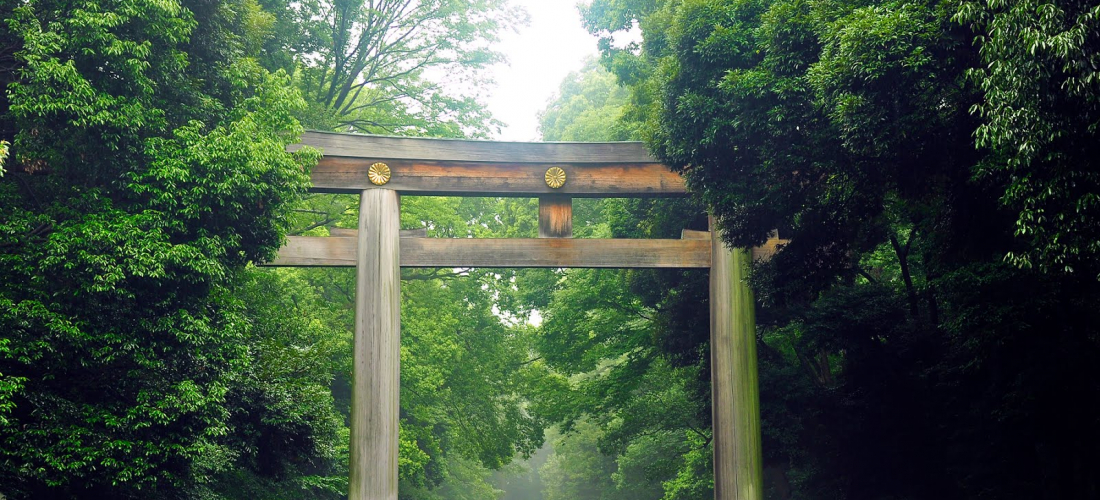







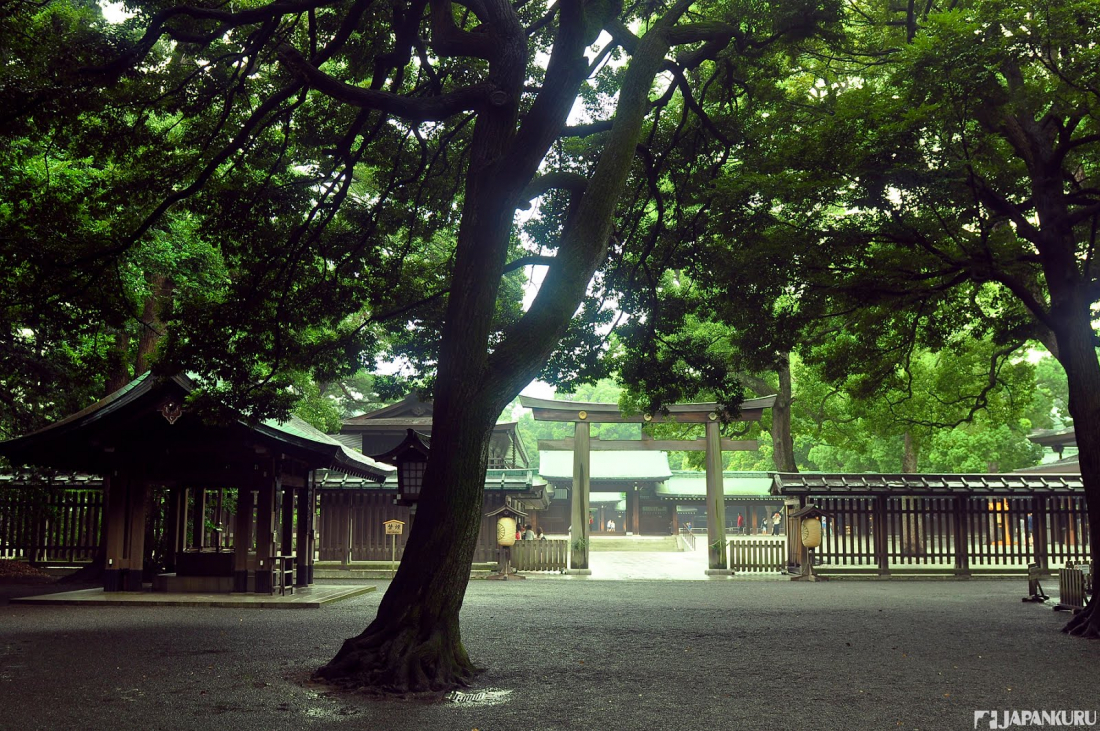

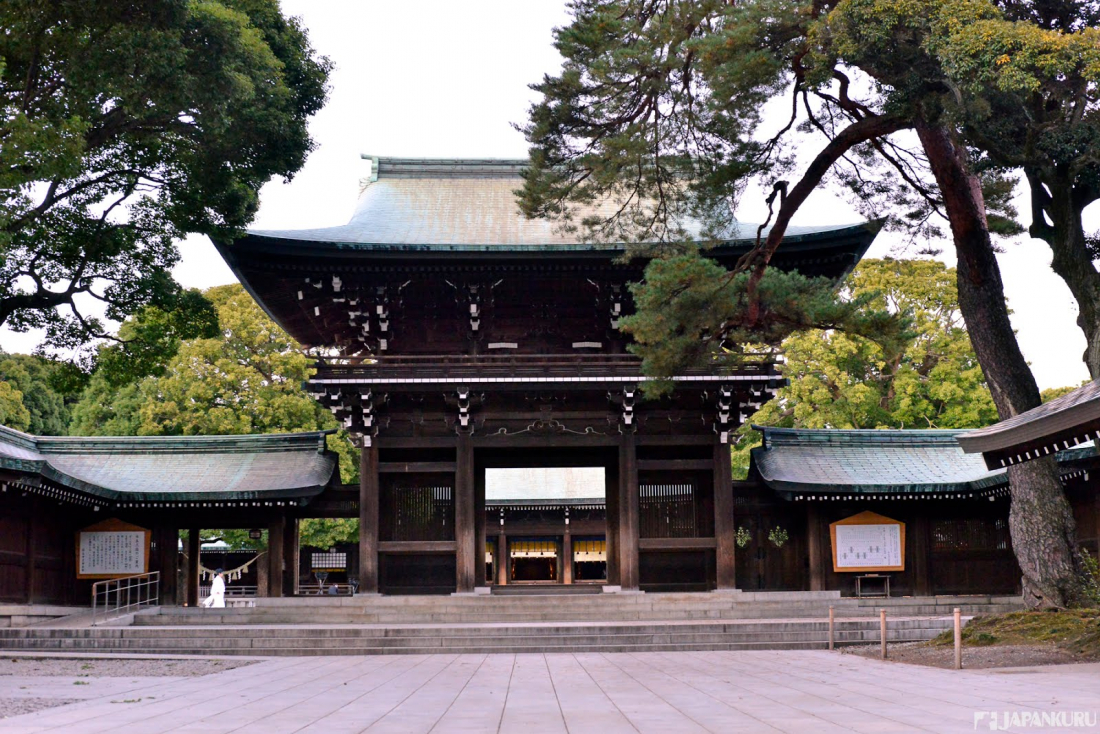






 >> Find out more at Japankuru.com! (link in bio)
#
>> Find out more at Japankuru.com! (link in bio)
#





 The Robot Restaurant is gone, but the Samurai Restaurant is here to take its place. Check it out, and don't forget your coupon!
The Robot Restaurant is gone, but the Samurai Restaurant is here to take its place. Check it out, and don't forget your coupon!
 신주쿠의 명소 로봇 레스토랑이 사무라이 레스토랑으로 부활! 절찬 쿠폰 발급중
신주쿠의 명소 로봇 레스토랑이 사무라이 레스토랑으로 부활! 절찬 쿠폰 발급중
 18歲以上才能入場的歌舞秀,和你想的不一樣!拿好優惠券去看看~
#tokyo #shinjuku #samurairestaurant #robotrestaurant #tokyotrip #도쿄여행 #신주쿠 #사무라이레스토랑 #이색체험 #할인이벤트 #歌舞伎町 #東京景點 #武士餐廳 #日本表演 #日本文化體驗 #japankuru #japantrip #japantravel #japanlovers #japan_of_insta
18歲以上才能入場的歌舞秀,和你想的不一樣!拿好優惠券去看看~
#tokyo #shinjuku #samurairestaurant #robotrestaurant #tokyotrip #도쿄여행 #신주쿠 #사무라이레스토랑 #이색체험 #할인이벤트 #歌舞伎町 #東京景點 #武士餐廳 #日本表演 #日本文化體驗 #japankuru #japantrip #japantravel #japanlovers #japan_of_insta
 코지마 x 빅 카메라 쿠폰으로 일본 가전 제품 쇼핑하기
#pr #japankuru #japanshopping #kojima #biccamera #japaneseskincare #yaman #dji #osmopocket3 #skincaredevice #日本購物 #美容儀 #相機 #雅萌 #日本家電 #일본여행 #면세 #여행꿀팁 #일본쇼핑리스트 #쿠폰 #일본쇼핑 #일본브랜드 #할인 #코지마 #빅카메라 #japankurucoupon
코지마 x 빅 카메라 쿠폰으로 일본 가전 제품 쇼핑하기
#pr #japankuru #japanshopping #kojima #biccamera #japaneseskincare #yaman #dji #osmopocket3 #skincaredevice #日本購物 #美容儀 #相機 #雅萌 #日本家電 #일본여행 #면세 #여행꿀팁 #일본쇼핑리스트 #쿠폰 #일본쇼핑 #일본브랜드 #할인 #코지마 #빅카메라 #japankurucoupon
































 Oita Hello Kitty Airport
Oita Hello Kitty Airport  Lands April 13th
Lands April 13th









